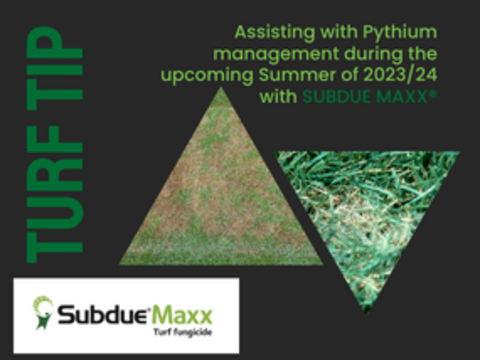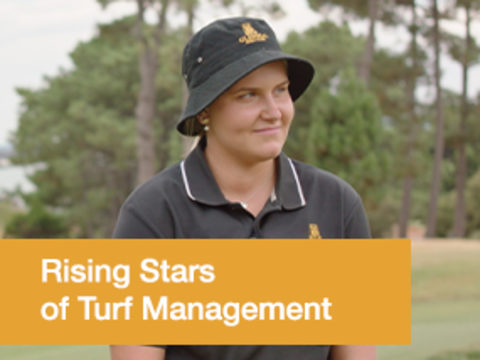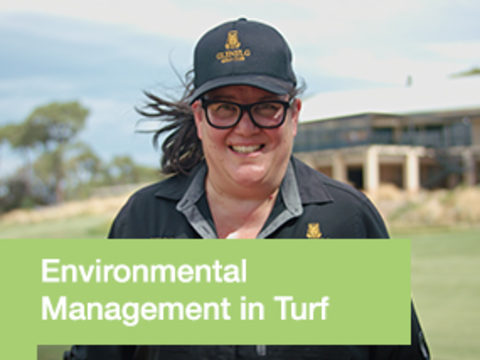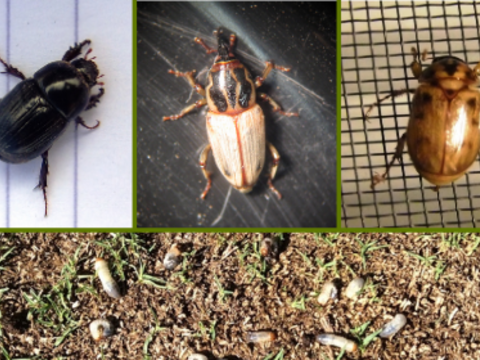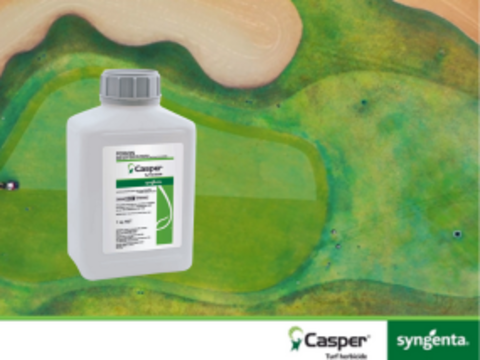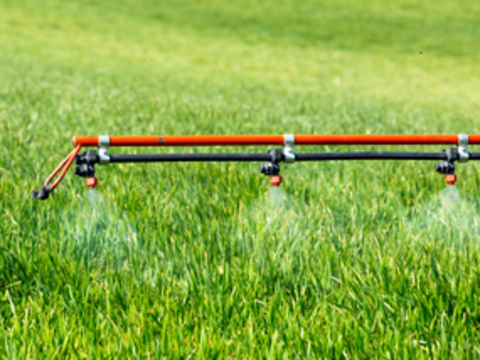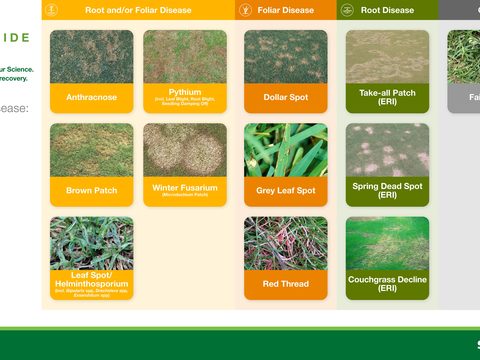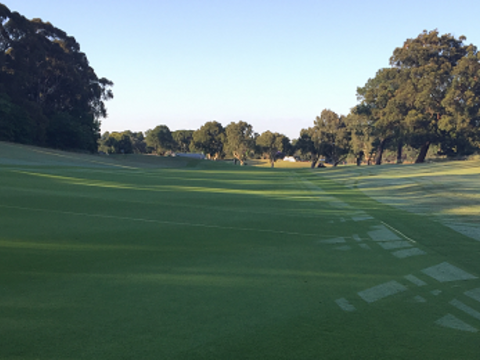Lawn Armyworm are back again
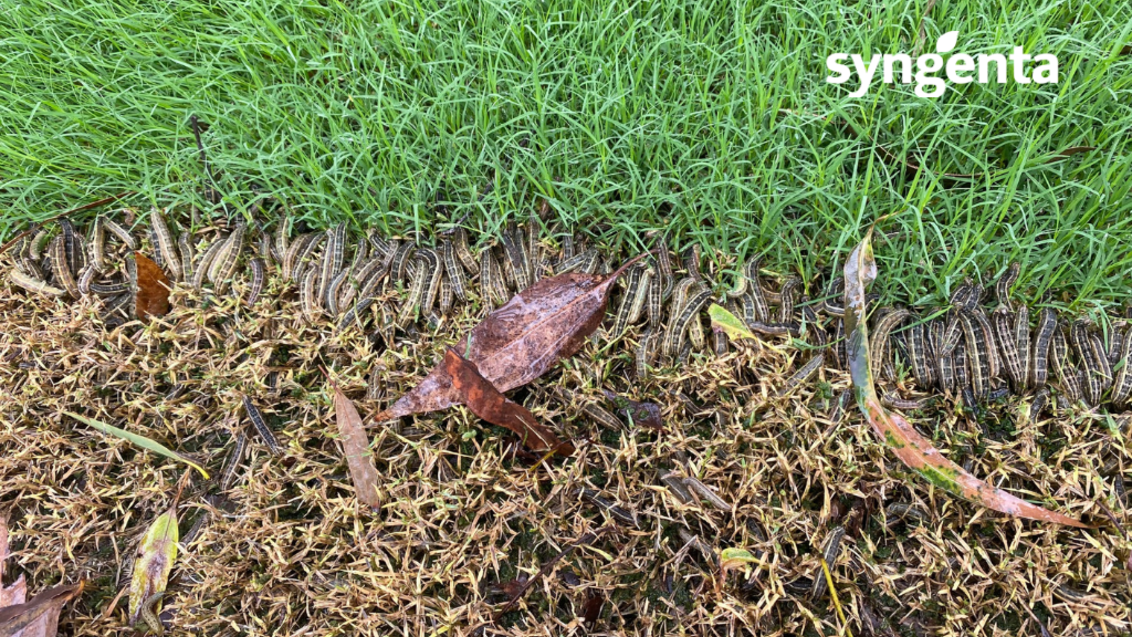
As happened in 2021, we are seeing optimal conditions for lawn armyworm again with the cooler conditions and high rainfall. And while the moist soil has helped your turf to recover after a truly tough couple of years – unfortunately this also means there is a large food source for grubs to feast on and promote a population surge.
Lawn Armyworm, or Spodoptera Mauritia, is a major pest that hits in autumn and late summer, causing severe damage to turf foliage. Your once-green turf turns brown almost overnight, then the army marches to the next healthy patch to devour. And while the undamaged roots mean that your turf will eventually (and slowly) grow back, for professional turf surfaces like sports fields, golf courses, and racecourses, that is not a viable option.
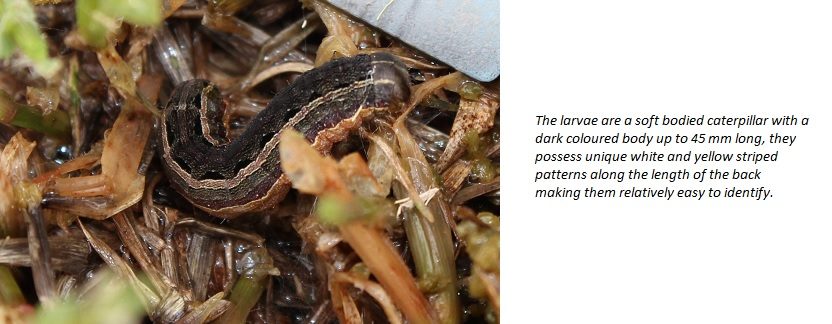
Infestations in turf tend to extend gradually outwards from gardens or higher cut turf areas as these plants / trees and fences are all used as egg laying sites. Severe damage is predominantly caused by the later instar stages and as populations increase, the larger armyworms tend to move in groups into unaffected turf areas, hence the name ‘armyworm’.
When feeding, the larvae often appear in congregations, clumping around stems and foliage of the turf plant. The larvae of lawn armyworm are usually most active in the evening or at night, except in overcast weather conditions. During the day they hide lower in the thatch.
There may be 2 or 3 generations of armyworm during the late summer and autumn period. During a 21-35 day period, an armyworm will undergo 6 to 9 instar stages before it is fully developed. When fully fed the armyworm will work its way into the soil profile where it pupates. 10-14 days later the moths emerge; pale brown with a wingspan to 40 mm and they have a distinct white spot in the centre of the forewing.
Take control of the army
A two-pronged approach is optimal in dealing with Lawn Armyworm, with monitoring being the first prong. Monitor your site when conditions are suitable for armyworm establishment or known outbreaks are occurring in the region.
Once armyworm has been identified a strategic application of ACELEPRYN or ACELEPRYN GR, will ensure control of current grubs and prevention of population explosions. ACELEPRYN provides excellent curative control but under high population situation a combination mode of action product like SPINNER will allow for faster control due to its highly systemic nature. For best results monitor adult activity and spray when the pest is evident. Early application is essential to minimise damage to turf due to feeding. In short, a longer period of control will be achieved with ACELEPRYN and ACELEPRYN GR of up to 6 months depending upon conditions and SPINNER would provide systemic control for up to 1 month.
ACELEPRYN will provide excellent curative caterpillar control in turfgrass and should be applied when pests/damage is observed. ACELEPRYN is exempt from poison scheduling with high turf safety and low environmental impact. It is easy to use, with no re-entry periods and no PPE requirements. ACELEPRYN controls a wide range of turf pests such as larvae of African Black Beetle, Argentinian Scarab, Billbugs as well as Cutworm, Lawn Armyworm and Webworm with a single application.
Lawn vs Fall
The Lawn Armyworm is not to be confused with the notorious and very similar looking Fall Armyworm that has recently been detected in the Torres Strait and far north Queensland. The Fall Armyworm has a larger appetite, known to feed on more than 350 plant species. Fall Armyworm also displays the “Armyworm” behaviour of larvae massing and “marching” across fields. They have caused significant economic losses overseas.
If you suspect Fall Armyworm, phone the Department of Agriculture and Fisheries on 13 25 23 to seek advice on control options. Early detection and reporting are key elements in controlling Fall Armyworm.
Learn more about Fall Armyworm here.
For Turf Production (Turf Farms), emergency permits are in place for Syngenta's ACELEPRYN, ACELEPRYN GR and PROVAUNT Insecticide, for more information please contact Horticulture Innovation Australia (Permit Holder) or the Syngenta Technical Team for support.
Sources:
https://www.abc.net.au/news/2020-02-28/armyworm-explosion-in-parts-of-s…;
https://www.business.qld.gov.au/industries/farms-fishing-forestry/agric…
https://www.agriculture.gov.au/pests-diseases-weeds/plant/exotic-armywo…
https://www.fao.org/fall-armyworm/background/faq/en/



